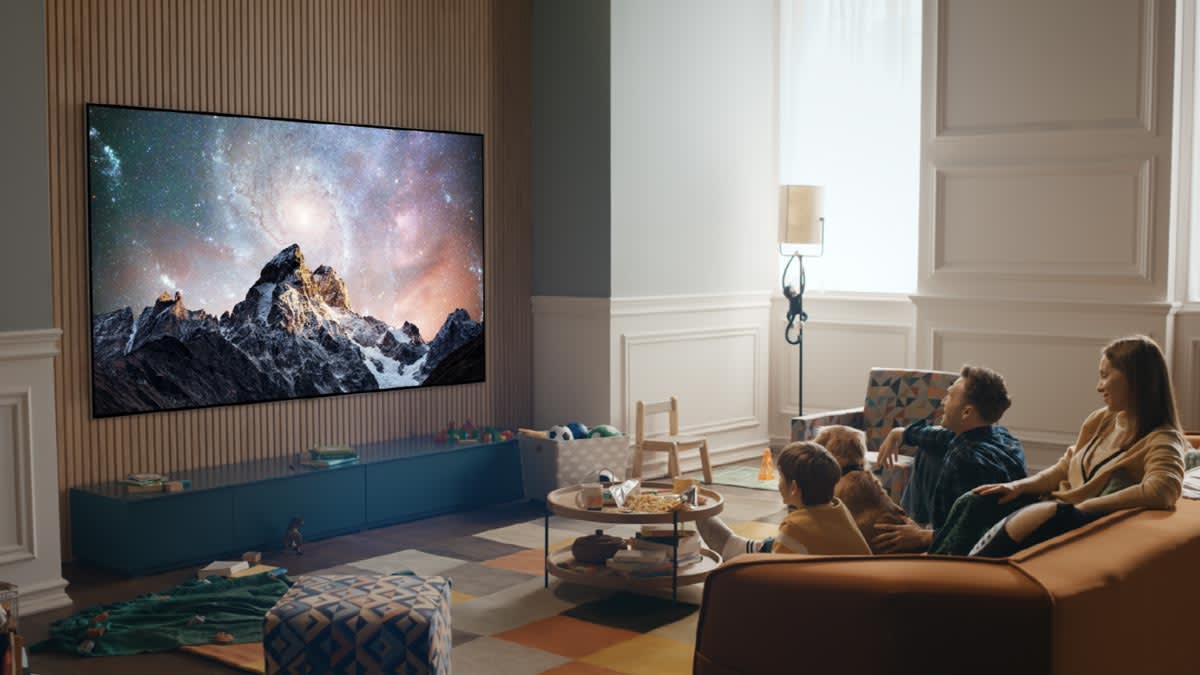QLED vs. OLED (and QD-OLED): Which TV Tech Is Right for You?

That brings us to QLED TVs. These sets are LCD TVs, with one defining difference: They use quantum dots to produce colors.
QLED TVs from companies such as Amazon, Hisense, LG, Panasonic, Roku, Samsung, Sony, and TCL use a blue LED light source plus a film embedded with tiny quantum dots, which are nano-size crystals. The quantum-dot film is sandwiched between the other layers of the LCD panel, replacing the color filter in front of the LED backlight.
When these tiny crystals are hit with the blue light from the backlight, they glow, emitting very saturated primary colors, which vary based on the size and composition of the quantum dot material. The system renders very accurate colors, even at higher brightness levels where colors can start to look a bit washed out.
There are also two newer enhancements to LCD technology that you should know about. One is a feature called local dimming, which divides a TV’s LED backlights into zones that can be dimmed or illuminated separately. This can help improve contrast and black levels.
It works best with TVs that have full-array backlights, meaning that there are LEDs across the entire back of the set. In contrast, many LCD TVs on the market are edge-lit sets, with LED backlights along the edges of the display. These sets may still use local dimming, but it tends to be less effective and sometimes results in an effect called blooming, where you see halos of light around bright images shown against dark backgrounds.
Source link











